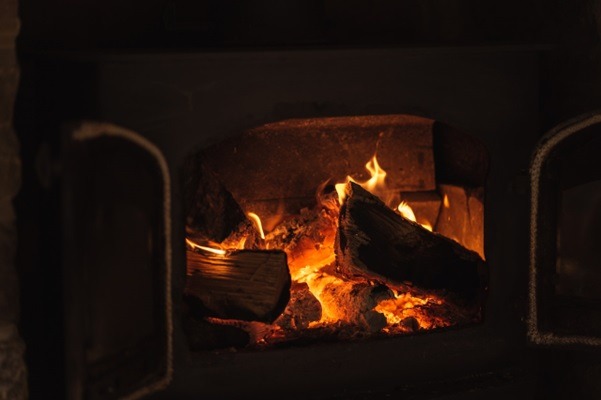Wood fire heaters have been around for thousands of years, but they’ve only recently become popular in the US. They’re a great way to heat a home, but not all wood heater models are created equal. If you’re looking for a small wood-fired heater that can be used by one person or as an investment piece for your family, this guide will help you make a better decision:
Decide on the size
The first step is to decide on the size of your wood fire heater. This will depend on how much space you need to heat and how many people will use it. It’s also important that you think about where your heater will be located and what weather conditions prevail where you live.
Consider your needs
When you’re thinking about buying a wood-fired heater, it’s important to consider your needs.
The size of the room you plan to heat. A small room can be heated with a smaller-sized appliance than could be used in larger spaces. This is especially true if you want to use the stove for cooking only and not heating large areas.
How much heat do you need? Heaters vary by their output—the amount of energy they produce per hour—and some models offer more options than others when it comes time for selection or replacement parts. However, the most common sizes range from 200 BTU s up to 1,000 BTU
Decide on the design
There are three types of wood heating products: fireplaces, stoves, and inserts. Each has its advantages and disadvantages, so choosing your heat source is important based on what works best for you and your home.
Fireplaces are large prefabricated units installed in any room with an opening at least 18 inches wide. They use logs or blocks of wood as fuel for flames that burn inside the chamber where they’re built. The temperature inside these rooms is regulated by venting or closing vents when needed; however, if there isn’t sufficient airflow through your house, this may cause problems downstream—so make sure yours has good ventilation!
Stoves use solid fuel sources like pellets or chips that burn slowly over time rather than quickly, like logs in fireplaces, because they contain more air pockets than those found within larger wood pieces such as trees.
Choose your vent type
Choosing your vent type is one of your most important decisions. A direct vent heater will save you money on fuel because it uses less heat to produce the same amount of heat. Direct vents also use less energy than free-standing models, so they’re more efficient overall.
Choose a wall-mounted model for maximum efficiency if you have a wood-burning stove or fireplace. These heaters are usually self-contained units with built-in elements that don’t require ductwork or pipes to reach your home’s chimney flue; just install them and forget about them!
If you’re planning on installing an electric furnace in your home (and most new homes do), then be sure to get a special system designed specifically for this purpose—you’ll want something that’s easy enough for even novice homeowners such as yourself who may not be familiar with heating systems at all!
Get an EPA-certified heater
If you want a wood fire heater that meets emission standards, it’s important to ensure that the unit is certified by the Environmental Protection Agency (EPA). You can find out if your heater is EPA-certified by checking with the manufacturer or reading up on its label.
Conclusion
Wood heaters are the perfect solution for many people who want to heat their homes with renewable energy but don’t have the money or space for a conventional heating system. If you’re looking for a wood stove that fits your needs and budget, then I hope we’ve been able to help you make an informed decision about which model is best for you!

